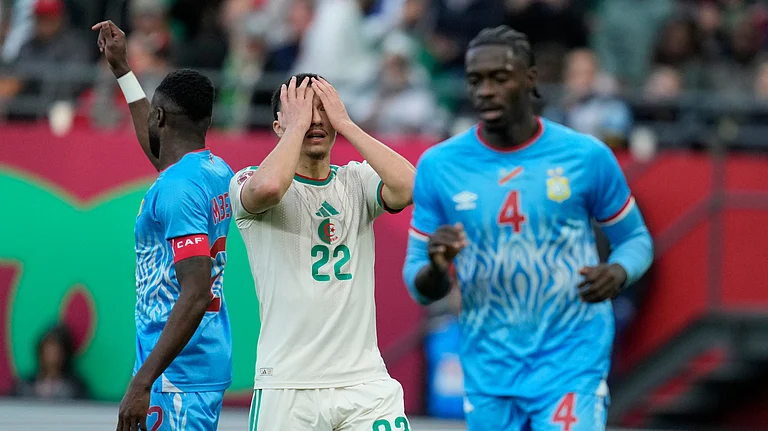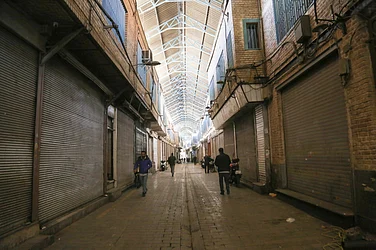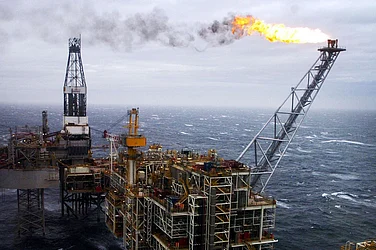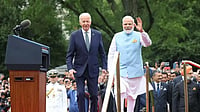The Biden administration is going all out for the upcoming official state visit of Prime Minister Narendra Modi to the United States this week reflecting the strategic bet that President Biden is placing on the partnership between the world’s oldest and largest democracies. Not only will Modi’s visit be only the third official state visit for an Indian leader, but it will also be the third state visit for the Biden administration.
The symbolism of the close partnership is visible in numerous high-level exchanges and leaders-level meetings. President Joseph Biden and PM Modi met in Hiroshima both for the G-7 summit and the Quad leaders’ summit. Later this year, President Biden is scheduled to participate in the G-20 summit in Delhi.
For the last three decades, every American Presidential administration has sought to build closer ties with India. Every Indian Prime Minister since then too has emphasized that while India is not a security ally, the two countries are ‘natural allies.’
A closer strategic partnership with India is critical to American National Security Strategy as is reflected in India’s repeated mention in every National Security Strategy over the last three administrations.
American grand strategy since the end of the Second World War has rested on preventing the rise of any peer competitor by strengthening a network of regional alliances across the globe. The economic and military rise of China has led the last three US administrations to build a series of mini-lateral and multi-lateral networks of partners and allies across the globe, especially the Indo-Pacific.
The US would like to convince countries around the world that there is an alternative to China and here a country like India, with leverage in the Global South, as a partner, if not an ally, is critical. With a population that nearly matches China’s, India is often characterized as China’s biggest potential rival in Asia. India’s democratic credentials, economic potential, and soft power reflected in its developmental aid across Asia and Africa also make it an alternative to China.
To woo India, the US has sought to offer India something that was denied in the past and that India views as critical to its economic growth and military development. During the Cold War, India and the U.S. disagreed on both geopolitics but also on areas of trade and technology. India’s historical preference for indigenization, a legacy of its colonial past, has led every Indian government to champion the transfer of state-of-the-art technology from foreign corporations.
American corporations have been reluctant to do that, historically, and that has often been one impediment, among others, to closer ties. Over the last few years, starting with the Trump administration, and now the Biden administration, the US government has tried to make it easier for India to get access to high-end American technology.
In January 2023, the National Security Advisors of India and the US announced the launch of the US-India Initiative on Critical and Emerging Technologies (iCET). That the National Security Advisors and agencies of both countries are the nodal agencies reflects the importance each side places on this initiative.
From the American perspective offers in the realm of technology, especially defence, are not just tied to the threat that both countries face from the rise of China. There is an American hope, that the US can, finally, wean India away from its dependence on Russian technology. And thus change India’s strategic calculus vis-à-vis Russia in general. Whether that happens is yet unknown.
Traditionally, the strongest peg of any partnership is the economic and commercial realm. When it comes to India, however, that has been difficult to achieve. While bilateral trade stands at $190 billion today, it is a long way away from the 500 billion dollars that was announced during the Obama administration as a goal for 2020.
The legacy of colonialism and the desire to ensure that no foreign company dominates the Indian market has historically led to India’s scepticism of free trade and preference for protectionism. Indian regulations have also over decades created a market that favours domestic over foreign players.
Historically, the strongest component of the India-US relationship has been the people-to-people ties. With a strong, well-connected, and politically and economically engaged diaspora of four million plus, India is well-placed in the American political system. The strength of the diaspora is reflected not just in the US Congress, but in various states and cities.
The bi-partisan letter from the top leaders of the US Congress inviting Modi to deliver his second address before a joint session of the US Congress reflects the strength of India-US ties and also of the people-to-people partnership.
President Biden has often stated, going back to when he was a senator, that he believes that the relationship with India is the most significant partnership for the US. When Prime Minister Modi visits the United States this week, he will see the full display of this strategic bet not just in pomp and show but the significant deliverables that will be announced.
(Aparna Pande is Director of the Initiative on the Future of India and South Asia at the Washington-based Hudson Institute.)






















